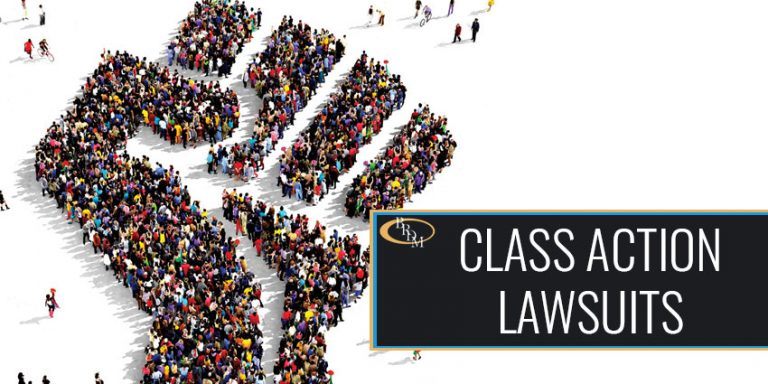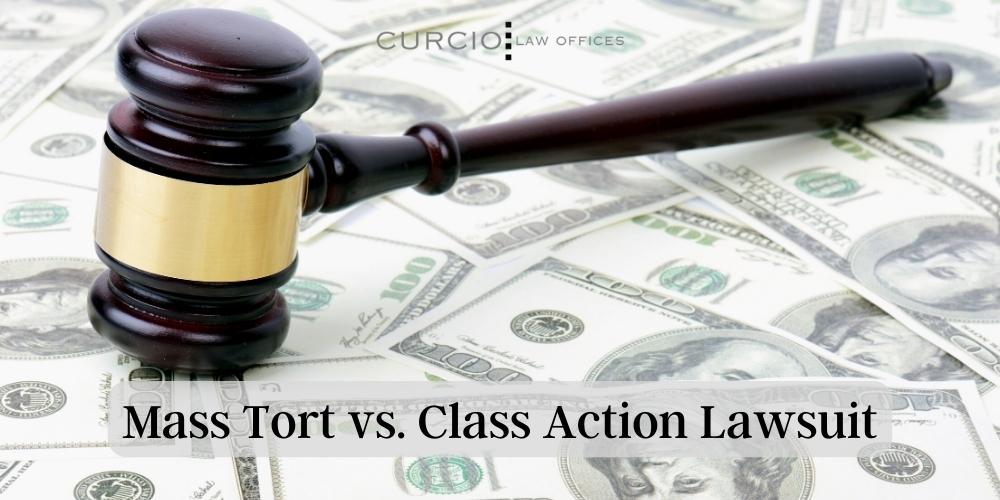Browsing the BioVie Class Action Lawsuit: What You Required to Know
Demystifying Course Action Lawsuits: A Closer Appearance at Legal Process
Course activity legal actions can be complex and intimidating, frequently shrouded in a veil of mystery for those unknown with the lawful process entailed. From comprehending the standards for course activity eligibility to the duty of class reps, and from the procedure of course certification to the resolution of these legal actions, we will unravel the complexities and shed light on the inner workings of this legal system.
Recognizing Class Action Suits
Recognizing Class Activity Lawsuits calls for an extensive evaluation of the lawful procedures associated with cumulative lawsuits. Course activity lawsuits are a sort of lawsuit where a group of individuals with comparable cases or grievances collaborate to launch a claim versus a typical offender. This type of litigation enables people with restricted sources to jointly look for justice, as it combines the strength of numerous specific cases into a solitary lawsuit.
The process starts with the identification of a lead plaintiff or course agent who files the first complaint in behalf of the entire course. The court after that determines whether the situation fulfills the demands for class qualification, which consist of commonality, numerosity, typicality, and adequacy of depiction. If certified, the court alerts prospective course participants, providing a possibility to opt-out if they wish to pursue their claims independently.
Once the course is certified, the lawsuits continues with different stages, consisting of discovery, movement technique, and, if necessary, test. The end result of the lawsuit can lead to a settlement or a judgment, which is binding on all course members unless they choose to opt-out. Class action claims can include a wide variety of lawful problems, such as customer security, securities fraudulence, work discrimination, and environmental damage.
Recognizing the nuances of course action legal actions is important for both defendants and complainants associated with cumulative litigation. It calls for an extensive understanding of the lawful requirements for certification, the rights and commitments of class members, and the possible advantages and threats related to protecting or going after against course action claims.
Identifying Class Action Eligibility
To figure out whether a lawsuit certifies as a class activity legal action, specific standards need to be fulfilled. These requirements are made to guarantee that the instance can effectively stand for the passions of a large group of people that have endured comparable harm or have actually been influenced by the same problem. The essential consider determining course action qualification is the existence of an usual inquiry or problem that influences all prospective course participants.
First of all, a course action claim requires numerosity, which indicates there should be a significant number of potential class participants included. This ensures that a class activity is an efficient method to resolve the claims of a large group of people, instead than having everyone file a private claim.
Secondly, there have to be commonality among the cases of the possible course participants. This means that there have to be a typical question of regulation or truth that is main to the situation. If each possible course participant's claim is one-of-a-kind and unrelated to the others, a class action might not be appropriate.

The Duty of Class Rep
Course representatives play an important function in course activity lawsuits by standing for the interests of the whole class. These people are picked from within the class to function as the general public face of the legal action and are in charge of choosing on behalf of all class participants. The role of class agents entails various duties and duties throughout the legal procedures.
Among the primary obligations of course reps is to provide info and aid to their fellow course participants. They act as a point of contact and communication between the class participants and the attorneys representing them. This includes keeping the class members notified about essential updates, answering their concerns, and attending to any type of issues they might have.
Course representatives additionally have the obligation to actively take part in the litigation procedure (Archer-Daniels-Midland class action lawsuit). This entails working closely with the attorneys to create legal strategies, collecting proof, and giving statement if necessary. They need to be actively entailed in all aspects of the case to make certain that the very best rate of interests of the entire course are stood for
Moreover, course reps are responsible for approving settlements or various other resolutions reached in the lawsuit. They should thoroughly assess the terms of the settlement and choose that remains in the most effective passion of the entire course. This decision-making procedure needs mindful factor to consider and examination with the course participants.
The Process of Course Qualification
The procedure of certifying a course in a class activity legal action entails a complete evaluation of certain requirements to figure out if the case satisfies the essential needs for class accreditation. Course accreditation is a critical action in the litigation process as it determines whether a legal action can proceed as a course action, allowing a large team of individuals with comparable insurance claims to be represented jointly by one or a couple of people.
To get course certification, the plaintiff has to show that the recommended course satisfies particular requirements. Typicality calls for that the cases or defenses of the course reps are common of those of the course. Competence of depiction makes certain that the course representatives will fairly and sufficiently safeguard the rate of interests of the class.
If the proposed class satisfies the essential demands,The court will scrutinize these standards and the complainant's proof to figure out. The court may also take into consideration other variables, such as whether a course action is the remarkable technique to deal with the conflict and whether the course is sufficiently natural.

As soon as the court gives class accreditation, the lawsuit can proceed as a course action, permitting the complainants to collectively look for relief and possibly obtain a judgment or settlement that benefits the entire class.
Resolving Course Activity Lawsuits
Once course accreditation has actually been provided, the following step in resolving a class action claim is to navigate the procedure of lawsuits or negotiation negotiations. Litigation refers to the lawful procedures in court, where the plaintiff's attorney offers proof and debates to sustain their insurance claims, and the accused's lawyer counters with their own evidence and disagreements. This process can include different phases, such as pretrial motions, exploration, and test.
On the various other hand, settlement negotiations include conversations between the parties to get to a mutually acceptable resolution without going to test. Settlement provides might be made at any kind of phase of the litigation process, and if both parties agree, a negotiation agreement is gotten to.
Verdict
To conclude, course action lawsuits play a crucial duty in providing justice and settlement to huge teams of individuals who have been damaged by the exact same Future FinTech class action lawsuit entity. By certifying a course and appointing course agents, the lawful process ends up being extra effective and easily accessible for the complainants. Solving these suits can be a complex and extensive process, but it is vital in holding corporations responsible for their activities and ensuring reasonable end results for all impacted parties.
From recognizing the requirements for course activity eligibility to the duty of course agents, and from the procedure of class certification to the resolution of these legal actions, we will unwind the ins and outs and shed light on the inner operations of this legal device. The crucial element in determining course action eligibility is the presence of a typical concern or problem that affects all prospective course participants.
If each potential class participant's case is unrelated and unique to the others, a course activity might not be proper.
Course representatives play a critical duty in course action suits by standing for the rate of interests of the entire class.When course accreditation has been approved, the next step in fixing a course activity claim is to browse the procedure of litigation or negotiation arrangements.